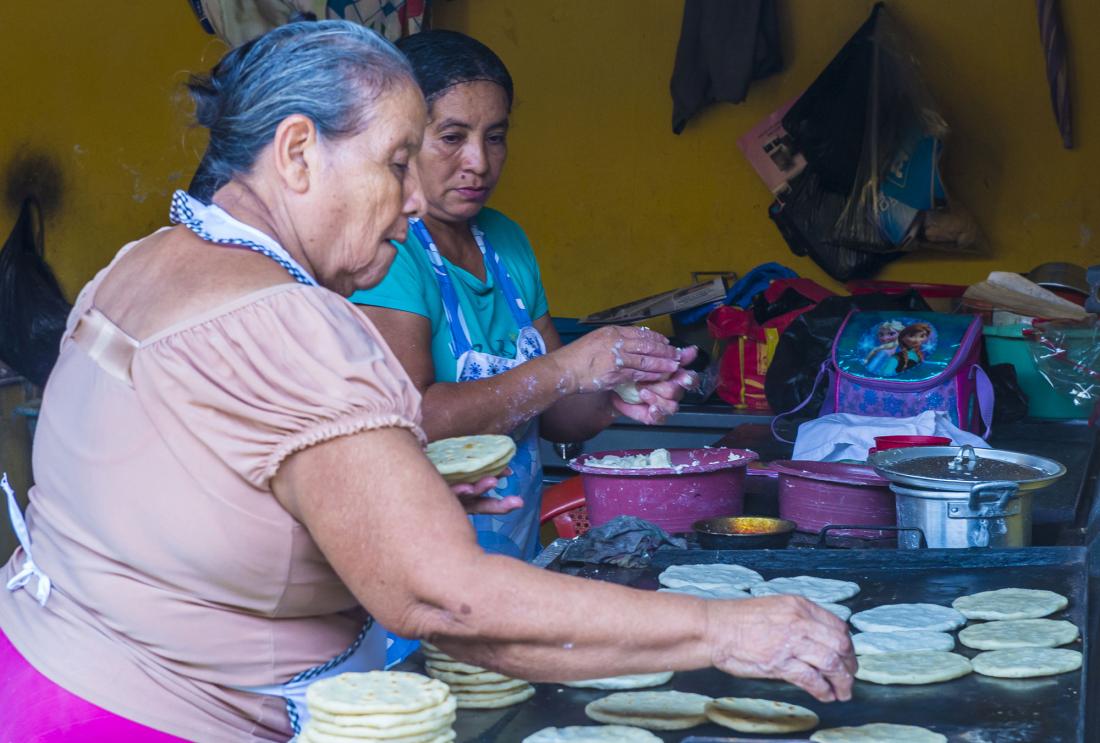Returns to Information and Temporary Discounts on Remittances for Guatemalan and Salvadora Migrants in Washington DC
- Migrants
- Remittances
- Information
Remittances from migrants abroad are an important financial tool for many developing countries. While research has shown that remittances can have positive impacts on the well-being of recipients, little is known on how migrants make remittance decisions. To explore factors that may influence the amount of remittances people send, researchers evaluated two programs: a temporary discount on the transaction fee and the provision of information about the returns to education in their home country. While the information about education did not change remittance amounts, the fee discount led to a substantial increase in the number of remittance transactions and the total amount remitted.
Problema de política pública
The percentage of individuals living outside their countries of birth reached 230 million people in 2013, representing over three percent of world. Many of these migrants send remittances back to their countries of origin. In fact, officially recorded remittances to developing countries exceeded US$400 billion in 2013. These remittances are an important but poorly understood type of financial transaction. To date, there is little research on how migrants make remittance-sending decisions, and whether the associated fees or information provided can influence the frequency and amount of money sent. This study explores two such programs that provided remittance fee discounts and information about the returns to education in the migrants’ home country.
Contexto de la evaluación
Driven by economic conditions, natural disasters, and conflict, a significant proportion of the Central American population migrate abroad. As of 2010, there were around 1.9 million migrants in the United States from El Salvador and Guatemala, and in 2012, these migrants sent approximately US$7.9 billion to their home countries.1 In the sample of migrants in the Washington DC area, the average person transferred 35 percent of their income (US$5,188) using 19 transactions a year to mostly parents (38 percent), spouses (24 percent), siblings (15 percent), and children (7 percent).
The partner for this study, Viamericas Corporation, is an international money transfer company that provides remittance services from the United States to several countries across the world with a concentration in Latin America and Caribbean countries. Viamericas operate through agents (usually small stores) who collect money from the sender and keep a portion of the remittance fee as a commission. While fees vary across the market, the remittance fee in Washington DC at the time of the study was US$8 for transfers of less than $1,000.

Detalles de la intervención
To explore factors that may influence the amount of remittances people send, researchers evaluated two programs: a temporary discount on the transaction fee and the provision of information about the returns to education in their home country. The 941 study participants were randomly selected into four different groups:
- Discount only: participants received a discount card worth US$3.01 (approximately 38 percent) per remittance over a 10 week period.
- Information only: participants received an information sheet on education that highlighted the low rates of secondary and tertiary school competition in the migrants’ home countries, as well as average earnings by school completion level.
- Discount + Information: participants received both the discount and information.
- Comparison: participants received neither program.
To assess the impact of the programs on remittance sending behavior, researchers used Viamericas data, as well a survey conducted during the discount period (April to June 2013).
Resultados y lecciones de la política pública
Short-term impact of discounts: Individuals who received the discount made 0.56 more remittances than those who did not, a 16 percent increase over the average rate of 3.44 remittances. While the amount transferred per remittance did not change, the increased number of remittances meant that the total amount transferred increased.
Longer-term impact of discounts: The increased number of remittances persisted even after the discount period, and remained higher for twenty weeks after: Individuals sent 0.5 additional remittances (a 15 percent increase) in the 10 weeks immediately after and then 0.26 additional remittances (9 percent increase) in weeks 11 to 20. Researchers suggest that the persistence of this effect could be driven by recipients, who may have grown used to the greater number of remittances during the discount period, and may have pushed for these additional transactions.
Impact of education information: Providing information about education did not lead to an increase in remittances. Providing the information with a discount increased the number of remittances (0.29 additional remittances), a relatively small gain (8 percent increase) compared to the discount-only group. One possible explanation is that the information raised migrant concerns about the use of their money back home and consequently reduced their remittances which reduced the effect of the discount.
This study suggests that temporary discounts in remittance fees can have large impacts on remittance behavior, and could be an important way to stimulate remittances in the short term in response to negative events like natural disasters and economic recessions.
Ambler, Kate, Diego Aycinena, and Dean Yang. "Remittance Responses to Temporary Discounts: A Field Experiment Among Central American Migrants." NBER Working Paper No. 20522, September 2014.


